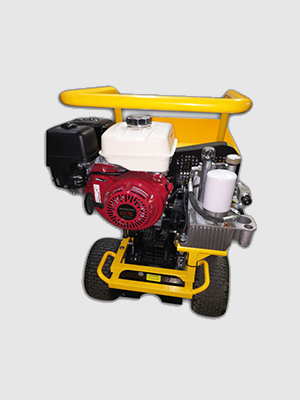
Spray fireproofing suggests spraying any substance in a way that covers a specific surface area properly in order to supply it with fire resistance. The technical name for Spray Applied Fireproofing is Sprayed Fire-Resistive Material (SFRM). It is used as part of a building's passive fireproofing method. Spray used fireproofing has thermal and acoustical residential or commercial properties and controls condensation. However, its primary usage remains in insulating steel and metal decking from the heats discovered throughout a fire. Spray applied fireproofing can be sprayed onto steel to insulate it from the heat of a fire, thus conserving lives by providing adequate time for people to get out of the building. The product can be cement based or fiber based given that both products have UL screening to guarantee safety. Sprayed fireproofing can be used for different materials like wood, fabric, structural steel and more. They do this by thermally insulating the structural members to keep them below the temperatures that trigger failure. It has actually been understood for nearly a a century that structural steel stops working rapidly when warmed by fire. A short time later on, building codes started to require defense of the structural steel in fire-resistive buildings and ranked the levels of security as it did fire department walls (one-hour, two-hour, and so on). The earliest types of defense were to enclose the steel columns and beams in terra-cotta (baked clay tile), concrete, or masonry. Later, gypsum plaster used to wire lath was utilized, to minimize the weight of the fire protection. Several layers of gypsum drywall board were likewise utilized to decrease the labor needed for installation. This approach is still in use today.
When applying a fireproof coating to structures, it is essential for the product to dry within a specific quantity of time. While some fireproofing sprays consist of chemical accelerators to speed hardening, they still produce a considerable amount of moisture throughout the application procedure. Incidentally, the fire-resistant product might be harder to dry Additional hints than drywall or cement. Without the best ambient conditions or construction drying services, a contractor might deal with delays and unintentionally develop security dangers. Sprayed Fireproofing Process
The specific attributes of each product, the manner in which they are prepared and used all impact the fire-resistive qualities of SFRM material. One of the most important aspects for a correctly installed SFRM is its applied density. Adequate insulation is available to alleviate the passage of heat from a fire to the structure being safeguarded only if proper SFRM density is guaranteed.